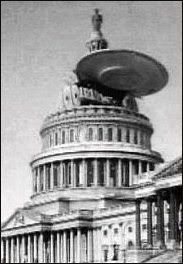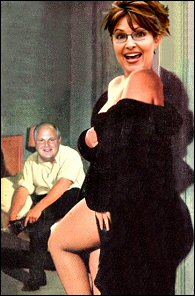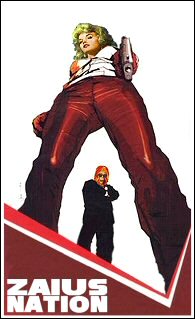erererer
What does an Accountant think about the current tax system in the United States?
When asked what the specific problems with the current US tax code, Mr. Burczyk Answered, "It gets more complicated every year, and it keeps changing every year." He gave the example that what the IRS did this year is that they tightened the guidelines on earned income credit, child tax credit, and head of household requirements. This was not publicized to the general public, although all of the tax preparers were told about it, and took classes on the subject.
Customers came in without a change in their general financial situation and expected the same tax situation as last year, but were not necessarily in the same tax situation as they were last year because of this tightening of existing tax codes regarding earned income credit, child tax credit, and head of household requirements.
He felt that the tightening of these codes most drastically affected young, unwed mothers that live with their parents or are not the head of the household that they live in. He stressed that this one case described above was not caused by congress but a change in the interpretation of existing law at the IRS.
The idea of a flat tax, or proportional tax appeals to Mr. Burczyk. When asked about the subject, he answered that it "seemed like a neat idea."
The concept of a flat tax bears some explanation. There are three main types of taxes: the progressive tax, the regressive tax, and the proportional tax. a progressive tax taxes the wealthy more than the poor, a regressive tax taxes the poor more than the wealthy, and a proportional tax uses the same percentage across the board regardless of income.
Many of the taxes you pay today are flat taxes. When you get a drivers license or library card, you pay the same as everybody else. Sales tax is a flat tax.
There have been several proposals from both sides of the aisle in congress for a flat tax as applied to federal income tax. Almost every year in congress bills are introduced that directly relate to the concept of a flat tax. Steve Forbes ran for president in 1996 on a platform of a 17% flat tax.
In talking about the flat tax it is important to note that there is difference between the flat tax in theory and in the real world. When assessing the validity of any proposed flat tax one must think about the context within which it is being applied as well as how the author is defining the term "flat tax." With a flat tax, all taxpayers would pay the same rate. According to Fred Burczyk, Paperwork would largely be eliminated as taxes could be filled out on a single sheet of paper, or even a 3x5 card, but that there would be a huge public outcry if the government don't have deductions for contributions, mortgages interest, real estate taxes, state taxes, etc.
Mr. Burczyk stated that once you let in anything like deductions for real estate then it is not a flat tax anymore. He also expressed that any kind flat tax would lower taxes for the wealthiest and raise taxes for the poorest, unless you lowered all taxes to the lowest level, and then there would be no revenue. He provided the example of students that have to pay interest on their tuition getting a tax credit. If that were removed, students would lose that incentive. But if you left it in, then it would not be a flat tax. This would affect many areas, including charities and the disabled.
Our present tax system is largely progressive, which means that how much you pay in taxes is based on how much you earn. If the United States were to adopt a proportional tax system, the tax rates for those with lower and higher incomes would have to change to generate the same income.
For example, the average federal tax rate for the bottom 50% of taxpayers in 2003 was 2.95%, while the average federal tax rate for the top 50% of taxpayers was 13.35%. The tax rate for the top 50% would go down, and the average federal tax rate for the bottom 50% of taxpayers would go up. If the tax rate for the lower percentage of taxpayers goes up, this would give them less available income to spend.
The subject is actually far more complex than the scope of this small article, but there are economists that say as a nation, we are already paying a flat tax. According to an article in the New York Times, the different effects of payroll, state and local taxes the tax burden is probably the same or higher on the poor than the rich.
An article in Slate magazine, Tax Rates Are Already Flat, digests some of the material in the New York Times and states: "the Times has provided a more precise accounting that shows that those in the bottom quintile (people earning on average $7,946) pay almost exactly the same percentage of their income in taxes as people in the top quintile (people earning on average $116,666). The bottom fifth pays 18 percent, the top fifth pays 19 percent, and the three groups in between pay between 14 percent and 17 percent—which is to say, roughly the same. Obviously there's some individual variation, but on average Americans pay approximately 17 percent of their income in taxes, no matter what income they earn."
Another Slate Article, Follow the Money, quotes a 1992 Atlantic article by Phillip Longman and Neil Howe:
"[T]he most affluent Americans actually collect slightly more from the welfare state than do the poorest Americans. ... [In 1991,] U.S. households with incomes over $100,000 received, on average, $5,690 worth of federal cash and in-kind benefits, while the corresponding figure for U.S. households with incomes under $10,000 was $5,560. Quite simply, if the federal government wanted to flatten the nation's income distribution, it would do better to mail all its checks to random addresses."






















0 Comments:
Post a Comment
<< Home